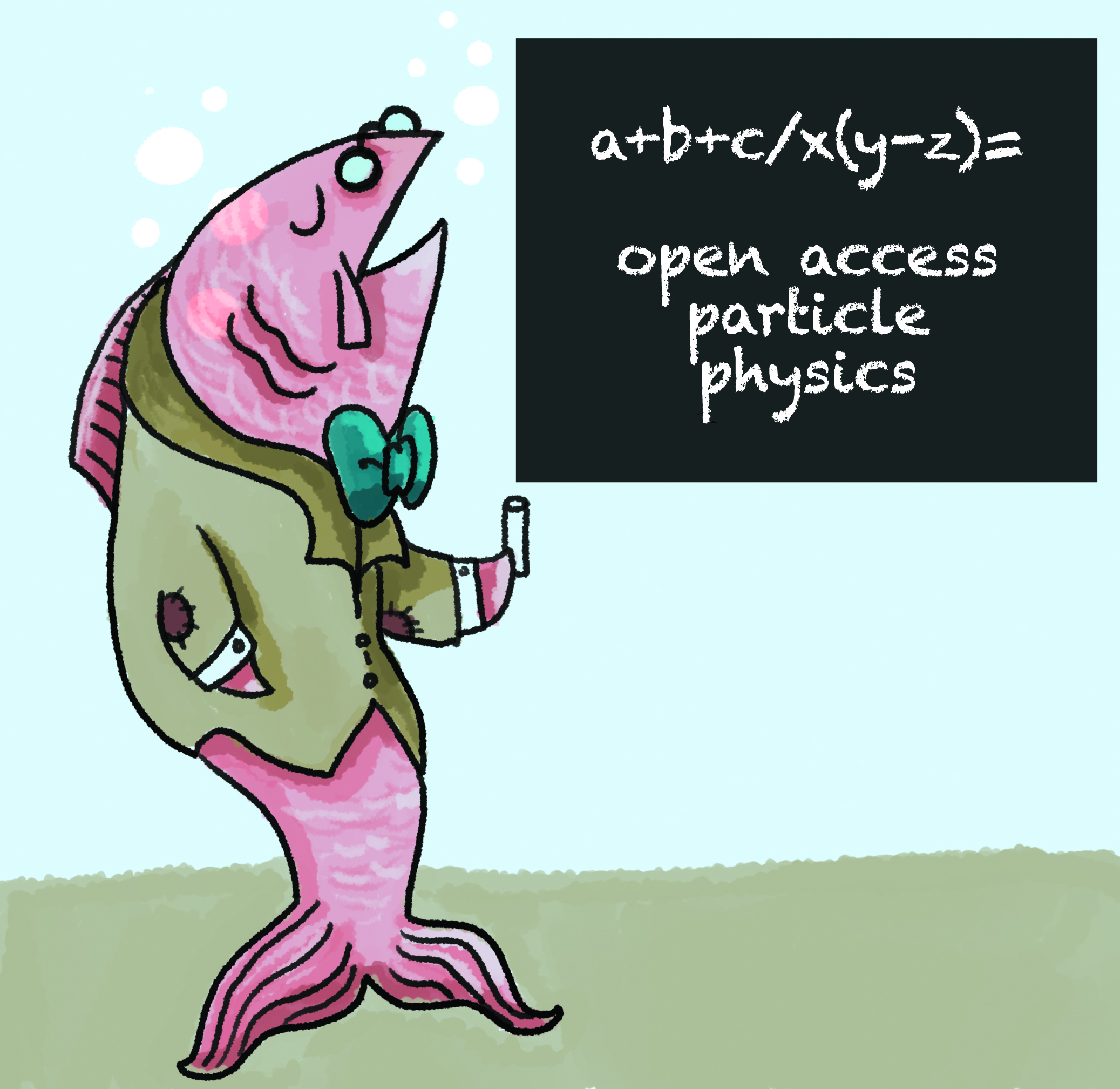Two hundred kilometers north of Winnipeg is Nopiming Provincial Park, a place full of backwater camping and hiking trails, and, as it happens, precambrian rocks that are over two billion years old. The precambrian, the longest and oldest of the geological ages, spans from when the earth first formed, somewhere around 4.6 billion years ago, to the Cambrian age, which began about 570 million years ago. However, the four billion years of the Precambrian age is nothing compared to the age of our universe.
Current estimates put the birth of our universe, or the moment of expansion from the big bang, in the arena of 13.7 billion years ago. To put this timescale into perspective, if the history of the universe were collapsed into a “cosmic calendar,” representing one year — a visual aide the great Carl Sagan used in his 1980 television series, Cosmos — the big bang would have occurred in the first minute of Jan. 1, the sun and earth would not have formed until mid-September, and Homo sapiens wouldn’t have come on the scene until about eight minutes before midnight on Dec. 31. Incidentally, the length of time you have been alive is but a fraction of a second on the cosmic calendar.
To better understand and appreciate our place in the cosmos, over the next two issues I want to share with you how we came to know the age of the universe, the earth, the origin of life and the myriad of geological features and artefacts that coat the only home we’ve ever known — the planet Earth.
Part 1 — the universe
Hubble Constant
Most recent written works detailing the age of the universe begin with a historical look at the two contrasting views that held sway for the better part of the last two millennia. In the earliest writings on the subject, the Greeks propounded the idea that the universe was infinite. In contrast, with the bible as his guide, Archbishop James Ussher in 1654 pinned the creation of the universe to the year 4004 BC. But much like geocentrism — the idea that the Earth is the center of the universe — the beliefs in a young universe and an infinite universe are no longer tenable in light of the scientific progress that has been made in the last few centuries.
The first estimates for the true age of the universe stem from the discovery that the large majority of galaxies are receding away from our present position in the Milky Way galaxy. A simplified model explaining this observation involves imagining a deflated balloon — representing the pre-big bang universe — and dotting it with a marker to represent our universe’s galaxies. When you blow up this balloon the surface expands and all of the dots move away from one another. You should note that the galaxies farthest from our home galaxy must be travelling faster than those nearer to the our home galaxy as they traverse greater distances in the same amount of time.
The discovery of receding galaxies is often credited to Edwin Hubble, but it was Vesto Slipher who discovered it in 1913 by noticing the electromagnetic radiation (visible and invisible light) thrown off by some galaxies was more red than it should have been, a phenomenon known as redshift (see above). We know that the larger the red-shift, the faster the galaxy must be receding away from us.
Edwin Hubble proposed a method of approximating the age of the universe by establishing a relationship between the speed that a galaxy is moving away from us and the distance to that galaxy. This relationship defines the rate of the expansion of the universe, which is known as the Hubble constant. By working backwards with this rate, the time when all the galaxies were at the same spot — the deflated balloon — can be deduced. With current Hubble constant estimates provided by the Wilkinson Microwave Anisotropy Probe (WMAP), the birth is thought to have occurred approximately 13.72 billion years ago.
Stellar Ages
In accordance with WMAP estimates, the established age of the oldest stars hovers at around 13 billion years old. Since a universe by definition has to be as old as the oldest star it contains, calculating stellar ages sets a minimum limit for the age of the universe. In 2007, Anna Frebel and colleagues published an article in The Astrophysical Journal establishing the age of a star designated HE 1523-0901 at 13.2 billion years old through a direct-age measurement. To attain a direct-age measurement, two key components are necessary: detecting the elements seen in the spectra of the star, and observing the ratios of the radioactive elements in the star.
If you reflect a beam of sunlight through a prism and onto a wall, the light radiation from the sun would disperse into the colours of the rainbow along with darker bands. These colours and bands combine to make up the spectra. Through the study of spectroscopy we know what the lines indicate, and the chemical composition of far away objects can be determined. It was Gustav Kirchhoff and Robert Bunsen (of Bunsen burner fame) who in the mid-19th century came to understand spectral lines by systematically burning metals and observing the colour of the light emitted. This science has greatly expanded our understanding of the chemical composition of our universe.
The other key component in dating the age of stars — and as you’ll see in part 2, dating the age of the Earth as well — relies on an understanding of the fundamental physical properties of matter. As far as we know, all matter is composed of atoms. Every atom — except light hydrogen, which has only a single proton and electron — has at least one proton, one neutron and one electron, and by counting the number of protons, the element can be established. If the amount of neutrons changes, the element remains the same assuming the amount of protons has not also changed. If lead (Pb) has 82 protons and 120 neutrons, it would still be lead, but would be an isotope of lead abbreviated Pb202. When an isotope like Pb202 is unstable, it’s a radioactive isotope and decays at a predictable rate, known as a half-life, which is the time it takes for half of the radiation to be emitted.
The decay process occurs in three ways: a proton turns into a neutron, a neutron turns into a proton or a stray neutron knocks a proton out of the nucleus of an atom and takes its place. Thus, the mass number — total number of protons and neutrons — rarely changes as a result of decay. By knowing the half-life of an element and estimating the ratio of the original parent element and the daughter isotope that the parent isotope decays into, we can estimate the age of the matter being measured.
In the case of the star HE 1523 — 0901 (mentioned above), the Very Large Telescope at Paranal in Chile, and the UV-Visual Echelle Spectrograph (UVES) detected the radioactive elements thorium (Th) and uranium (U), each of which decay predictably. When the amount of Th and U remaining were compared with the anchor elements of europium (Eu), osmium (Os), and iridium (Ir) (elements which do not decay into isotopes), an average of 13.2 billion years was given for the star’s age. This, as previously mentioned, aligns nicely with the estimate from the Hubble constant, and provides independent evidence establishing the age of the universe at over 13 billion years.
The wealth of evidence detailing how we came to know the age of the universe is expansive and it’s unrealistic for me to attempt to summarize it all for this article, so I’ll leave you with one final point to conclude part 1. The Cosmic Microwave Background Radiation (CMBR), a remnant of the birth of the universe, permeates in all directions. As Bill Bryson points out in A Short History of Nearly Everything, when you tune your television to any channel that only receives static, roughly one per cent of the static is created from disturbances in the CMBR; you are literally seeing the afterglow of the birth of the universe roughly 13 billion years ago. In part 2 next week, we’ll take the story closer to home and explore the determination of the age of the Earth and the geological features and artefacts which abound.




